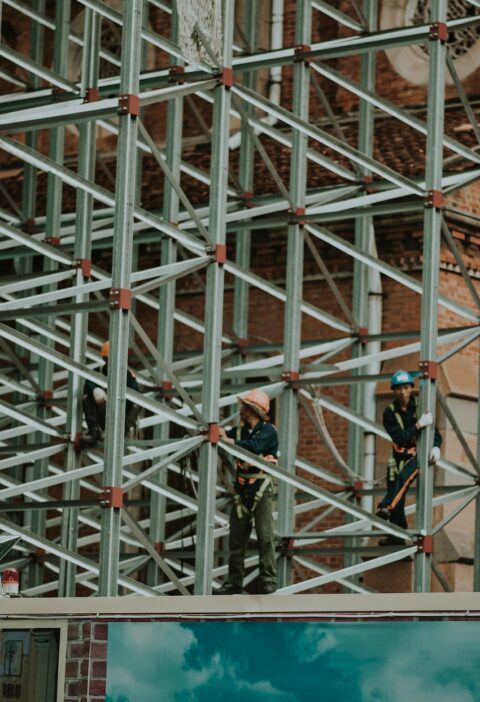The document binding method used could directly affect the appearance and function of the document. Whether an elegant leather-bound book or a simple stapled report, the systems used in binding are an important part of how printed material is presented to a reader. This article considers varying categories of the binding system with insights into application, benefits, and considerations.
These binding systems make an easy buying decision for whether you are a publishing professional designing high-impact marketing material, or an entrepreneur, or just a print lover.
Perfect Binding
It is one of the most common preferred methods, perfect binding; for example, in magazines, softcover books, and catalogs. In the perfect-bound method, adhesive application attaches to the spine of the gathered pages and is then subsequently attached to a cover.
The result is a clean and professional-looking document with a flat spine, great for printing on, and perfect for the application in either bookshelves or point-of-sale. Perfect binding is very affordable with a high volume and produces a slick finish. Conversely, the cover may not lay flat when opened, which may weigh in certain uses.
Saddle Stitching
Among these techniques, saddle stitching is the most affordable and popular. This is the most often used way of binding books. It involves folding paper sheets in half, collecting the pages into a booklet in parts, and then using a wire stitch to staple through the fold from the outside.
For the smaller publications, periodicals, and brochures, this is ideal. Whenever saddle-stitched documents are opened, they lay flat, thus easy to read. It can, however, only hold up to a certain thickness effectively, usually up to 64 pages, depending on the weight of the paper.
Thermal Binding
The thermal binding uses heat to melt a glue strip in a pre-made cover, hence guaranteeing fast and clean finishing while securing the pages within. It is an extremely strong method of binding, yielding a document that, literally, looks like it has been produced through perfect binding but is actually produced in a fraction of that time.
This is great for when a needs to get a document ready in a hurry, such as a business proposal or a contract, because it requires some special print finishing equipment and the binding doesn’t really hold as well as with some other types.
Spiral and Wire-O Binding
They are normally made of plastic or a metal coil threaded into the holes punched at the edge of the document. Wire-O, on the other hand, involves the use of a double-loop wire. The two permit the document to lie very flat and even wrap around for great referencing.
This type of binding is very resistant, suitable for reports, presentations, notebooks, and manuals. It would be an aesthetic decision, optionable, in case that’s ever wanted, just on the fact that metal wires are stronger than plastic coils.
Case Binding
Case binding, or hardcover binding, is the standard way in which a high-quality and durable book is bound. Typical examples are textbooks, yearbooks, and luxurious editions. The method involves the sewing together of the pages, usually in sections, and then gluing them into a hardcover case.
Case-bound books are stronger and look professional; they would be used for valuable publications. It is, therefore, also the binding with the highest cost of production, since more time is spent producing it compared to other types of bindings.
Section Sewn Binding
The pages are first set into the sections, which are sewn together, and then attached to the cover. This method insures phenomenal durability and enables books to open perfectly flat from cover to cover. It is suitable for high-end publications, such as art books or technical manuals.
While giving a quality finish and being durable, section-sewn binding is far more labor-intensive and hence costly, and therefore adapted for use in a more specific edition rather than general everyday print jobs.
Understanding Your Binding Needs
Whichever binding system is to be chosen, it will largely depend upon the intended use of the document, durability, aesthetic appeal, and of course, budget. Perfect binding and saddle stitching are among the favorite choices for producing high volumes and are economical for many projects.
For the documents that need to lie flat or that have to be open and closed without necessarily being handled in a special way, spiral, wire-o, and section sewn will be useful. And, for the very best quality and durability, there is case binding.
Conclusion
Being abreast with the binding system in the ever-changing world of print finishing means being familiar with them so that you may always make the proper selection when your project has need of them. Considering the specific characteristics and benefits that each method of binding offers, one would be able to increase the presentation and functionality of their printed piece to more than just a document but rather to an experience to be savored.







